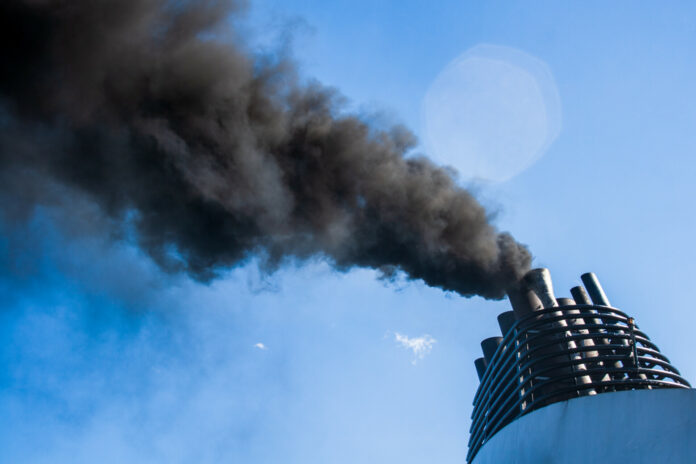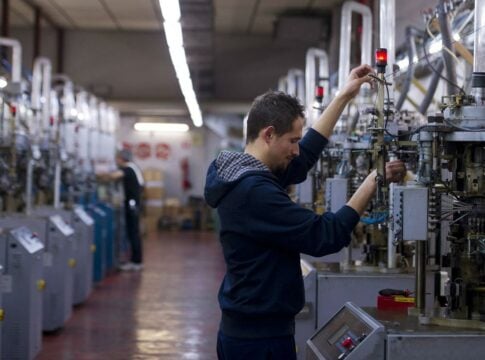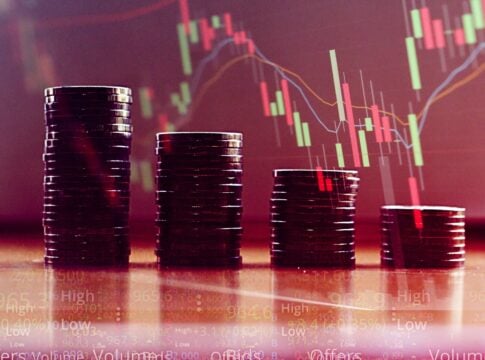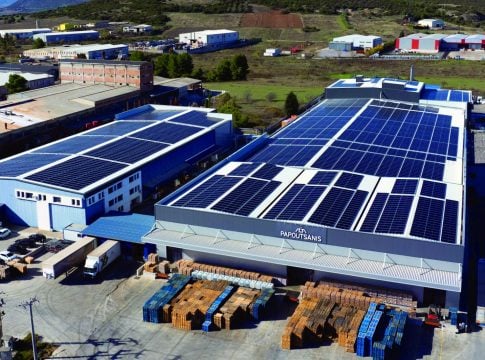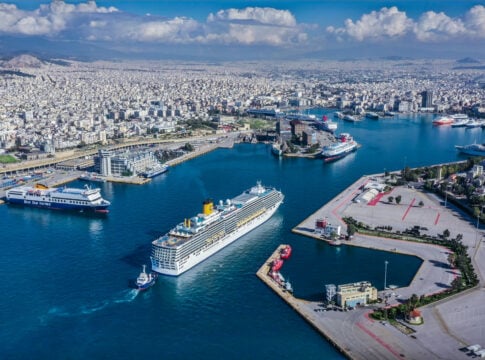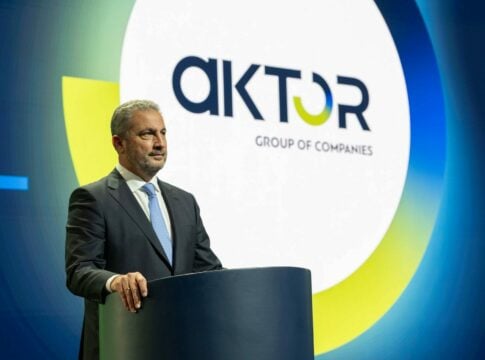Collaboration and innovation are the keys to the shipping industry’s goal of decarbonization. A different course would fragment trade and would signal failure in the face of the climate change challenge.
These are some of the conclusions reached in the report “Global Maritime Trends 2050”, compiled by Economist Impact and part of the new multi-year program of Lloyd’s Register and the Lloyd’s Register Foundation.
“Global cooperation and the integration of technology – whether rapid or gradual – are critical conditions for securing a future that favors the prosperity of the maritime economy and life on the planet in general,” the research noted.
Optimistic scenarios
In this light, the report examined four possible scenarios, two optimistic and two pessimistic ones, which envisage a different future for the shipping industry until 2050.
The first scenario concerns the gradual energy transition, in which high levels of international cooperation are foreseen in combination with the controlled transition of new technologies.
In this context, the transition of the shipping sector will be guided by an intergovernmental agreement, which will limit global warming by 1.5 degrees by 2050 and pave the way for the integration of new technologies.
In this future, the integration of new technologies will take place gradually, reflecting some of the difficulties associated with achieving global consensus, distributing the benefits and ensuring that policy, investment, health and safety standards evolve at a steady pace.
Τhe second optimistic scenario envisages rapid transition, driven by technology. High levels of global cooperation will be combined with the immediate integration of new technologies in the shipping sector. This future will be characterized by automated solutions, smart technologies, fuel and system efficiency, and higher levels of data sharing.
Pessimistic scenarios
Two more pessimistic scenarios follow that combine low levels of cooperation and rapid integration of technology.
The analysis focuses on the rise of China, but also on changes in global population dynamics. “Western countries have benefited from maintaining control of the oceans. This allowed them to grow their economies, control supply chains and project military power internationally. What will happen depends on China and the nature of its leadership,” the report noted.
In this scenario, states may not be able to cooperate – due to geopolitical or economic differences – and will therefore rely on the rapid integration of technology to unilaterally achieve climate goals. As such, rates of technological integration will vary across countries, creating the risk of deepening economic inequalities, as poorer countries are more likely to be left behind.
In the extreme scenario, a delayed transition describes a future in which global cooperation is fragmented and technology adoption slow, leading to irreversible climate effects and what the Intergovernmental Panel on Climate Change predicts as a worst-case scenario, an increase in temperature by more than two degrees Celsius by 2100.
Based on the forecasts, the North Sea, the Atlantic coast and the Black Sea will face the greatest increase in average water level.
In the next three decades, Asian countries such as Vietnam, Indonesia, the Philippines and Thailand will be severely affected, putting an estimated 300 million people at risk of flooding in 2050.


